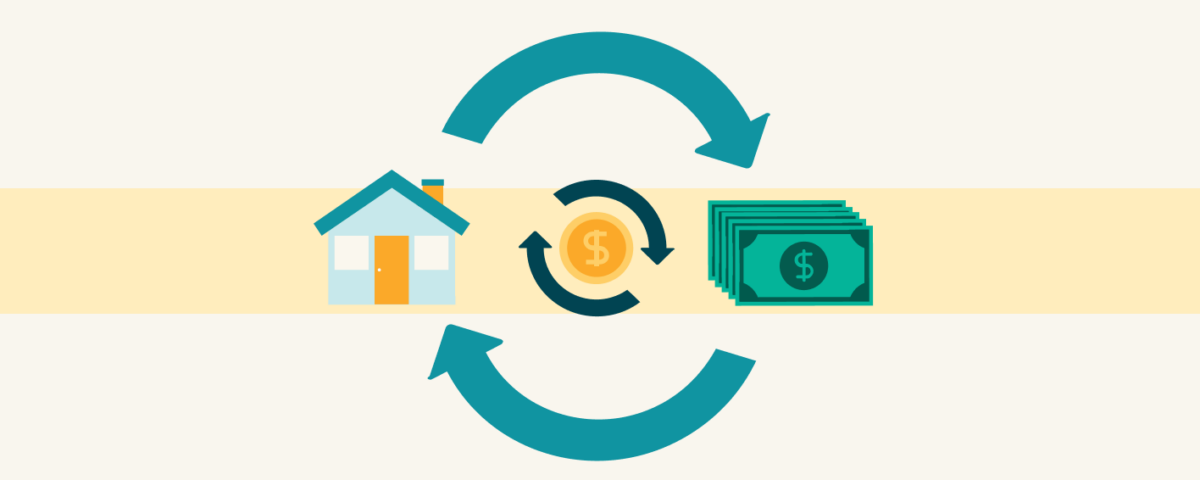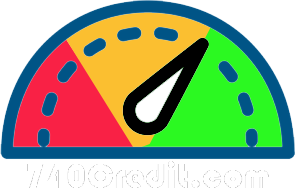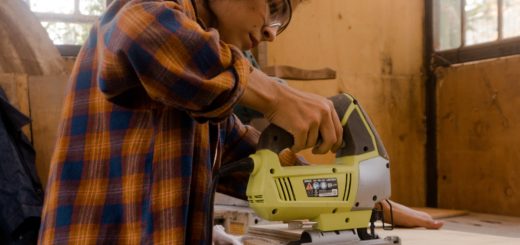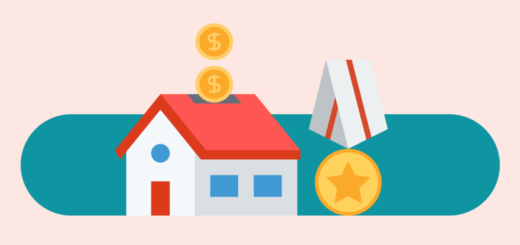Refinancing Your Reverse Mortgage: How It Works
Our goal is to give you the tools and confidence you need to improve your finances. Although we receive compensation from our partner lenders, whom we will always identify, all opinions are our own. Credible Operations, Inc. NMLS # 1681276, is referred to here as “Credible.”
Refinancing your reverse mortgage may be a good idea if your home’s value has gone up or your financial situation has changed since you took out your loan. Loan limits and interest rates are always changing, so you may be able to get a better deal now than you did before.
Here’s what you need to know about reverse mortgages and how to refinance one:
Can you refinance your reverse mortgage?
Yes, you can refinance your reverse mortgage. Here are some reasons you might want to do it:
- Get more money if your home’s value has increased
- Get more money if Home Equity Conversion Mortgage (HECM) limits have increased
- Add your spouse to the loan
- Switch to a traditional mortgage
- Switch from an adjustable-rate loan to a fixed-rate loan
- Get a lower interest rate
How a reverse mortgage refinance works
When you refinance a reverse mortgage, you’ll get a new mortgage that pays off your existing reverse mortgage. Your new mortgage could be a traditional forward mortgage or another reverse mortgage.
- If you refinance into a traditional mortgage: Your new loan will be based on your income, credit score, and interest rate. You’ll most likely be doing a cash-out refinance to get the money you need to help fund your retirement.
- If you refinance into a new reverse mortgage: Your new loan amount will be based on your age, home value, and interest rate. You’ll also be able to choose how to receive your equity — either as equal monthly payments, a line of credit, or a lump sum.
See: Home Equity Loan or HELOC vs. Reverse Mortgage: How to Choose
Reverse mortgage refinance guidelines and eligibility
Refinancing your reverse mortgage has many of the same requirements as getting a reverse mortgage for the first time. To refinance into a new reverse mortgage, you must:
- Be 62 or older: HECMs aren’t available to younger homeowners and are specifically meant to help seniors.
- Use the home as your primary residence: You can’t get a reverse mortgage on a vacation home or investment property, and you have to actually live in the home.
- Own the home outright (or have a considerable amount of equity): If you don’t have enough equity, you won’t be able to get enough money from a reverse mortgage to make the borrowing costs worthwhile.
- Demonstrate financial stability: While you won’t have to make monthly payments on your reverse mortgage, you will have to keep up with property taxes, maintenance, and insurance. If your financial stability is questionable, the lender can set aside part of your reverse mortgage proceeds to make sure you keep up with these obligations.
- Not be delinquent on any federal debt: If you’ve demonstrated an inability or unwillingness to pay federal student loans or income taxes, you won’t be eligible for a reverse mortgage until you catch up on what you owe.
- Participate in a consumer information session: The government usually requires you to take a short class with a government-approved counselor to make sure you understand what you’re agreeing to when you take out a reverse mortgage. You can skip this requirement under certain circumstances.
- Not have refinanced your reverse mortgage in the last 18 months: If you want to refinance into a new reverse mortgage, your existing loan must have closed at least 18 months ago. Unethical lenders may try to convince you to refinance before then so that they can earn an origination fee — but you don’t stand to benefit much, if at all, from refinancing repeatedly.
Credible can help you get started with your cash-out refinance. Checking refinance rates on our platform is simple and only takes a few minutes — and it won’t impact your credit score.
Find My Loan
No annoying calls or emails from lenders!
Benefits of refinancing a reverse mortgage
Here are several reasons why you might want to refinance your reverse mortgage:
- Your home’s value has increased. If your home’s value has gone up, you may have more home equity. That means you may be able to get more money from a reverse mortgage now than you could before.
- HECM limits have increased. For 2022, the reverse mortgage limit is $970,800. Ten years ago, the limit was $625,500. If you live in a high-cost area where home values have gone up, you may be able to access more equity with a new reverse mortgage.
- You want to add your spouse: If your spouse isn’t on the loan, you may want to refinance and add them so they can still access reverse mortgage proceeds if you die first.
- You want to switch to a forward mortgage. If you have a credit score of at least 580 and the ability to make monthly payments, cash-out refinancing into a traditional mortgage may be less expensive and allow you to access more of your equity. You can qualify based on your retirement income and assets, such as your Social Security benefits, pension payments, 401(k) distributions, and IRA distributions.
- You want to switch from an adjustable-rate loan to a fixed-rate loan. If your circumstances have changed and the amount of money you can access through one of the five adjustable-rate payment plans isn’t sufficient, it could make sense to refinance into a fixed-rate reverse mortgage so you can borrow a lump sum.
- You can get a lower interest rate. If you can get a lower rate, you can take more equity out of your home. You may be able to borrow a larger lump sum with a lower fixed rate. Or, with a lower lender’s margin on an adjustable-rate reverse mortgage, you may be able to increase your line of credit or receive larger monthly payments.
Drawbacks of refinancing a reverse mortgage
Here are some reasons why you might not want to refinance your reverse mortgage:
- The closing costs are too high. Whether you refinance into a new reverse mortgage or into a traditional mortgage, your new loan is going to have closing costs such as an origination fee and title search fee, among others. These expenses will reduce the financial benefits of refinancing, possibly to the point where it doesn’t make sense.
- Your home’s value has decreased. If your home’s value has decreased since you took out the reverse mortgage you have now, it might not make financial sense (or even be possible) to refinance your reverse mortgage.
- You think you might be getting scammed. If refinancing your reverse mortgage wasn’t your idea, ask yourself if the refinance will really benefit you or if it’s a ploy to benefit a shady lender, contractor, or relative. Unfortunately, some people prey on seniors with home equity.
- Adding a younger spouse may reduce your proceeds. The amount you can borrow with a reverse mortgage depends in part on the age of the youngest spouse. Younger homeowners can’t borrow as much as older homeowners due to principal limits set by the FHA.
- You don’t want more debt. Being able to get more equity from your home with a new mortgage can be helpful, but the increased debt can also make it harder for your heirs to repay the mortgage if they want to keep the home after you pass away or move out.
Related: How to Refinance an Inherited Property to Buy Out Heirs
Reverse mortgage refinance alternatives
Depending on why you want to refinance your reverse mortgage, another option might help you accomplish your goals more easily or with fewer costs:
- Modify your reverse mortgage repayment terms. If you only want to switch among the five adjustable-rate repayment plans, you don’t need to refinance; just talk to your mortgage servicer, complete some paperwork, and pay a small fee.
- Get a forward mortgage instead. When you took out your reverse mortgage, you may not have known that many retirees can still get a forward mortgage based on their retirement assets and income. With a cash-out refinance, you could pay off your reverse mortgage, get a lump sum to use however you want, then repay the loan over 15 to 30 years.
- Sell your home. Request a payoff statement from your reverse mortgage lender to learn what you currently owe on your reverse mortgage. It’s possible that if you sold your home and paid off your loan, you could have enough money to meet your needs, including paying for another place to live. Factor in the commission you’ll pay to sell your home and the costs you’ll pay to move.
Learn More: Reverse Mortgage Alternatives: 5 Options for Seniors
Should you refinance a reverse mortgage?
Here are a few circumstances where it might be a good idea to refinance your reverse mortgage:
- The financial benefit will be at least five times the fees. If you’re going from one reverse mortgage to another, you’ll want the additional equity to be at least five times the cost to refinance. If your refinance will cost $6,000, then your borrowing power should increase by at least $30,000. You may be eligible for a reduced initial mortgage insurance premium when you refinance, which will help keep your fees down.
- You don’t need a reverse mortgage anymore. Maybe your financial situation has improved since you took out a reverse mortgage and you can now qualify for a cash-out refinance. A cash-out refinance might be less costly and better meet your needs. If you’re a younger senior, you may be able to access up to 90% of your equity with a cash-out refinance but only 50% to 60% of your equity with a reverse mortgage.
- Your non-borrowing spouse depends on you financially. Since the law only allows a non-borrowing spouse to remain in the home, not receive further reverse mortgage proceeds after the borrowing spouse dies or permanently moves out, you might want to refinance to add your non-borrowing spouse to the loan, even if the financial benefit isn’t five times the closing fees.
- You want to access more of your home equity. With a higher home value, lower interest rates, or different loan type, you may be able to borrow more than you could before.
If you’re looking for a great mortgage rate, Credible’s streamlined process can help. We make comparing multiple mortgage lenders easy. In just a few minutes, you can see prequalified rates and generate a streamlined pre-approval letter all without leaving our platform.




